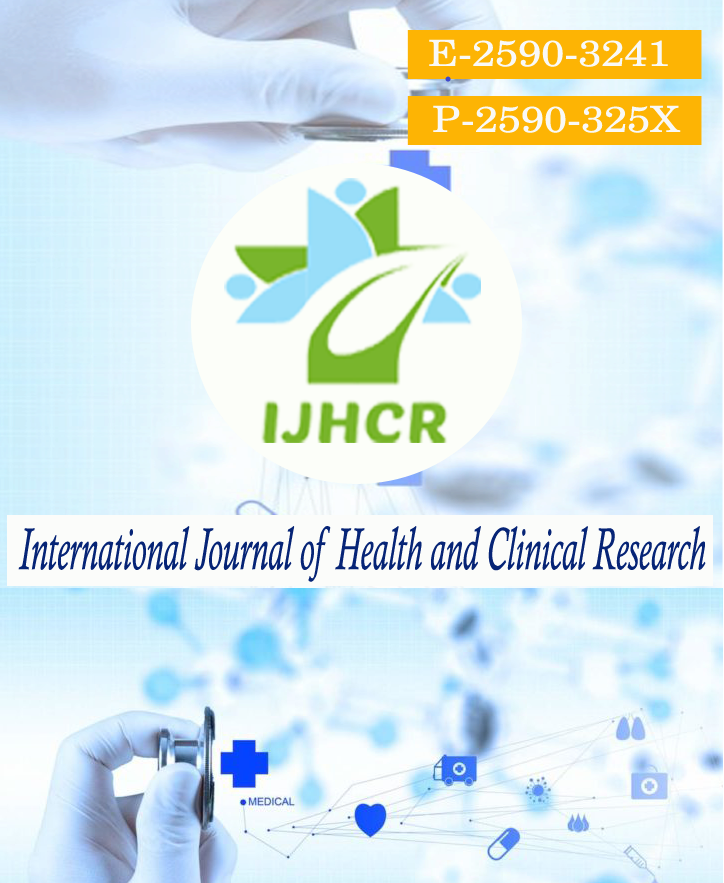Post treatment kyphosis in thoraco-lumbar burst fractures managed non-operatively and its correlation with pain score
Keywords:
Thoraco lumbar burst fractures, kyphosis, pain score, lordosisAbstract
Background: Thoracolumbar burst fractures result from axial compression with rupture of the anterior and medial columns of the vertebral body, with retropulsion of bone fragments into the spinal canal and an increased interpedicular distance. This region is a common site of injury, with an incidence ranging from 10% to 45%. Various treatment methods have been used to manage thoracolumbar fracture. The main goals of treatment are to provide stability, to relieve pain, to restore function, and to reduce the deformities such as kyphosis or lordosis associated with spinal fracture. Various conservative treatments have been recommended including postural reduction, bed rest, body cast, and use of orthoses. Aim: to assess kyphosis post conservative treatment in thoraco lumbar burst fractures and to see correlation between kyphosis and visual analog pain scale in these patients. Methodology: This was a hospital based prospective, before and after interventional study done for the duration of one year. Thirty five subjects with thoraco lumbar burst fracture were included. Results: Initial kyphosis was 12.34±9.36 and final kyphosis was 12.34±9.36. The difference between initial and final kyphosis was statistically insignificant.






 All articles published in International Journal of Health and Clinical Research are licensed under a
All articles published in International Journal of Health and Clinical Research are licensed under a 